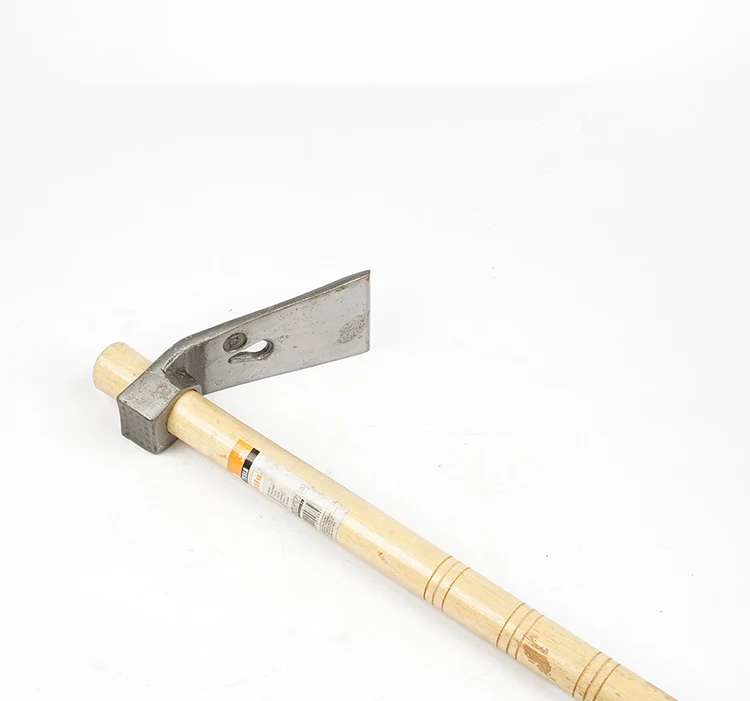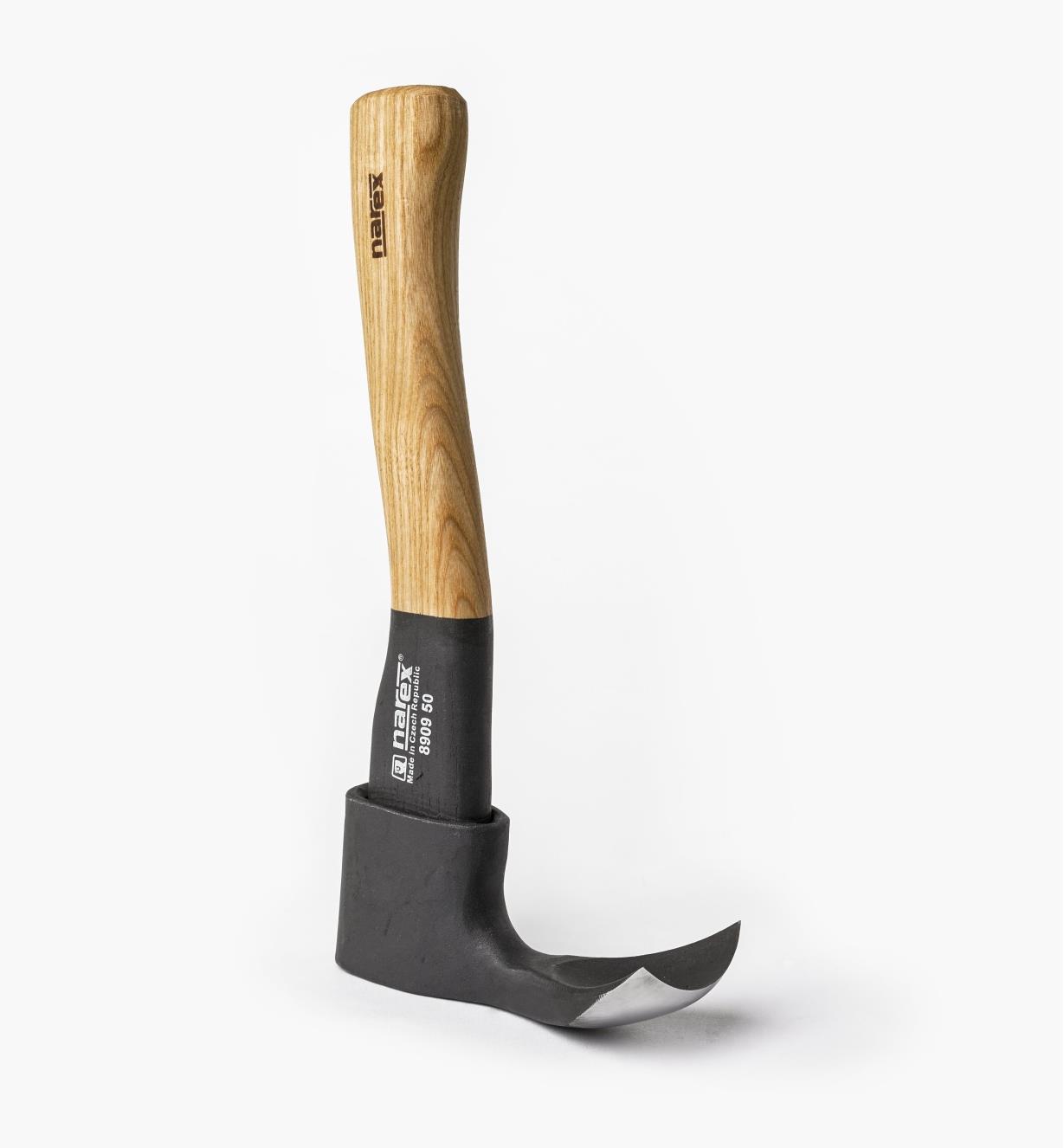

There is a liveliness, a slight springiness, to the haft that you can feel as the tool takes a chip.Īfter I finished shaping and oiling the handle, I secured the iron to the haft with tight wraps of cord. I could still make adjustments, including shaving the neck to adjust the action. This temporary binding allowed me to try out the action of the adze. I temporarily attached the iron with some electrical tape. I just noticed in the photo of the haft that it makes me think of a horse. I also used a bench chisel on the surface where the iron rests. I refined everything with a sharp card scraper. My handle is oval in form overall, but more like a squished octagon, with eight facets that merge into the head. I used a drawknife and sloyd knife, but a rasp came in especially handy with all of that convoluted grain around the tight bend. In the photo above, the major shaping has been done.

Kestrel refers to this iron as a “Baby Adze Iron.” The haft I made is about 13 inches long.ĭoing it this way forced me to really concentrate on the literature packet that came with the iron that went into great detail on northwest coast elbow adzes and what makes them tick.


 0 kommentar(er)
0 kommentar(er)
